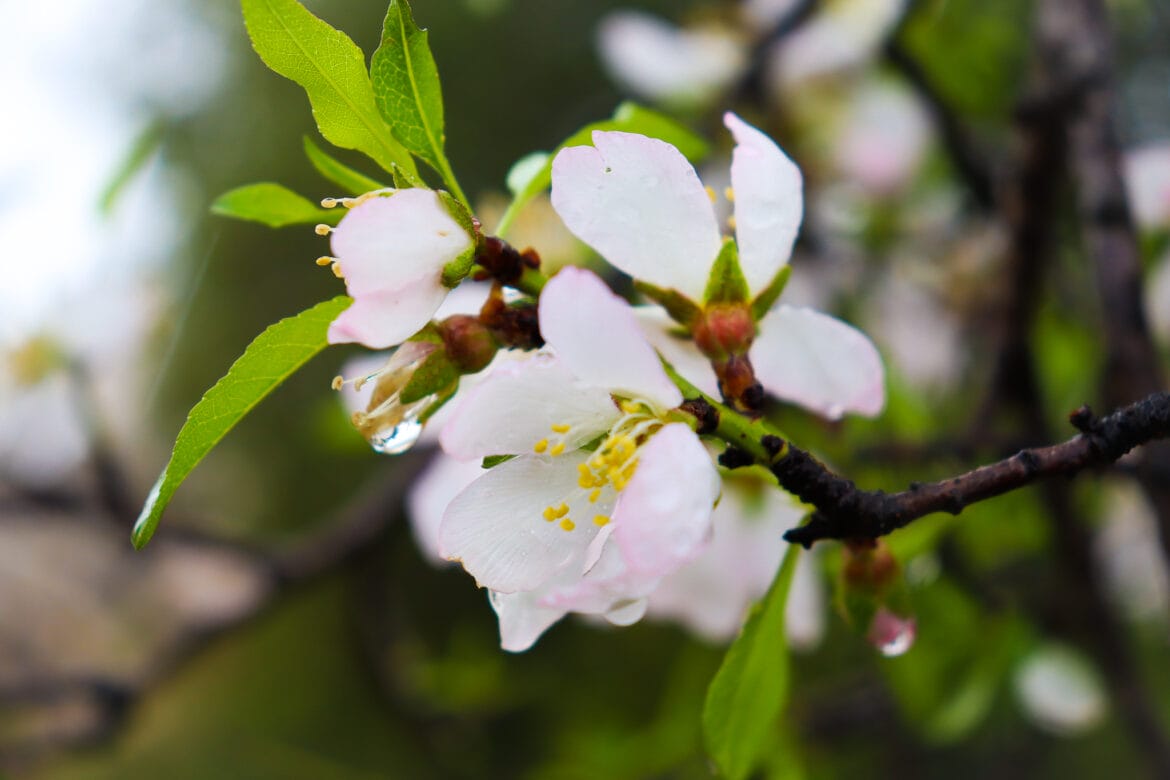
by Elly Waller, guide at the Neot Kedumim Biblical Landscape Reserve.
When we walk around Israel there are thousands of years of history layered beneath our feet. Archeological remains; stones, clay and metal provide evidence of what went on here in ancient times.
However, the Biblical stories really come to life when we take a good look at what’s growing in the wild. The trees we see on hikes are just like the trees the Israelites saw when they first came into the land of Israel. The wildflowers we delight in are like the flowers Solomon admired. The herbs we pick, smell, and taste are the same herbs the prophets used. The branches we use to light our campfires are from the same kind of shrubs the rabbis of the Mishna used for kindling.
By learning about nature we have a window into how Jews in Israel used to eat, drink, sleep and amuse themselves long ago. Every text makes more sense. On a deeper level, many of the profound messages of the Bible were drawn from references to trees, flowers and plants, and we can only understand them fully if we learn about nature.
Here are a couple of examples:
Almond
The wild almond trees, called sha-ked in the Bible, are about to burst into blossom (mid-December). Hikers may have already spotted a few early bloomers. Usually, they reach their peak on Tu B’Shvat, the new year for trees, which falls around January-February time.
The almond is the first tree to flower in the winter-time in Israel, and when we are out on the trail, the striking white flowers, sometimes tinged with pink and smelling of honey, are magnificent. The flowers only last for a few weeks, so photographers scramble to capture the most magical shot of the trees in full bloom.
As the petals fall, the almonds begin to grow. However, it will be a good six months before the fruit is ripe. That’s a long time compared to other fruit trees. The almond works hard to produce its fruit, encased in several layers of protective coating.
The Hardworking Almond
When Jacob had to choose the best gifts to send down to Egypt, almonds were the natural choice because they would last on the long journey.
The first time G-d meets the prophet Jeremiah he shows him an almond branch. Why? G-d asks Jeremiah: What do you see? Jeremiah has no trouble identifying the almond branch and then G-d takes the name of the tree ‘sha-ked’ and makes it into a verb, saying: I will be sho-ked to bring this prophecy to bear. Just like the almond tree, this prophecy will come swiftly and it will be hardworking, devastatingly so.
That’s exactly what happened in Jeremiah’s time. He bore witness as Jerusalem was destroyed, the people were sent into exile, and the Temple was razed to the ground. All of the details of this terrible prophecy in the many, many long chapters of the book of Jeremiah are summed up simply by G-d showing Jeremiah the almond branch.
Jeremiah was a man connected to the land and he understood the message and metaphors inherent in nature. The people he was prophesying to also spoke the language of nature. Understanding the unique properties of the almond tree makes the Biblical text more meaningful in the book of Jeremiah and in other parts of the Bible where almonds are found.
The Almond of the Menorah
On Channukah we recall the miracle of how the Maccabees struggled to find enough pure oil to light the menorah in the Holy Temple. The shkadim or almonds are referred to in the description of the menorah in Exodus chapter 37. Each branch of the menorah had “three almond-shaped (me-shu-ka-dim) calyxes,” each of which was designed as a “knob and flower”.
During the very brief stage in the development of the almond where the remnants of the flower have not yet dropped off the embryonic almond, they look like a knob and flower or a cup. The almond-like shape of the menorah branches was symbolic of the constant hard work that was needed to light and sanctify the eternal flame of the menorah in the Temple every single day.

Hyssop
Hyssop or ezov grows wild all over the country. It is called za’atar in Arabic. It is a low growing, greyish/greenish herb that requires very little water and often seems to grow straight out of the rock.
In Kings I it is said of King Solomon that, “He spoke of the trees, from the cedar in Lebanon to the hyssop that grows out of the wall”.
Aside from being very tasty, hyssop was always well known for its medicinal properties. In the Bible, it was used for purification purposes. As it says in the book of Exodus, when the children of Israel painted their doorposts with blood the night before the angel of death was due to pass over their houses in Egypt, they used hyssop as a paintbrush. The plant had cleansing, purifying properties.
Hyssop in the Bible
In Leviticus, we learn that the lepers had to bring a sacrifice before they could rejoin the community. One of the things they had to include in the offering was a branch of the hyssop plant. Leprosy was often considered a punishment for speaking ill of someone else, lauding yourself over others. The lowly hyssop plant was a symbol of modesty, and would neutralise, as it were, those haughty feelings.
Psalms 51 describes how David is contrite after the sin with BatSheva. He says : “Purge me with the hyssop and I shall be pure, wash me and I shall be whiter than snow”. When the hyssop flowers around May, the flowers are white, fitting in perfectly with this verse.
Experience the Bible in Nature
Hikes and trails are so alluring. It’s hard to beat getting out, breathing the fresh air, seeing the vistas and filling your senses with the scents and flavours of constantly changing nature.
An added bonus is that later, when you open up a dusty 2000 year old book of the Bible and read a reference to a tree or shrub you’ve seen on your travels, you can better picture the scene depicted in the text, and it all makes more sense. Your invigorating experience in nature can help you understand the ancient sources. The outdoors truly is the best classroom.
I’m Elly Waller. I’m originally from Melbourne, Australia and I live in Modi’in with my husband and 4 kids. I’m a speech therapist and I run English language programs for children. The only thing I like better than hiking and running in nature is studying Tanach. At Neot Kedumim I’m encouraged to roam around with a Bible in hand, so it’s a dream job. I’d love to share more of what I’ve learned when you come visit. You can call me to arrange a tour at 054-531-8166.
.




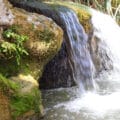
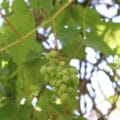
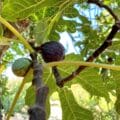
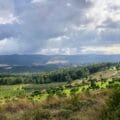
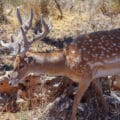
Such an interesting post! I miss seeing flowers on the trails so much.
They’re out there right now! We even saw some almond trees blossoming on our hike today.